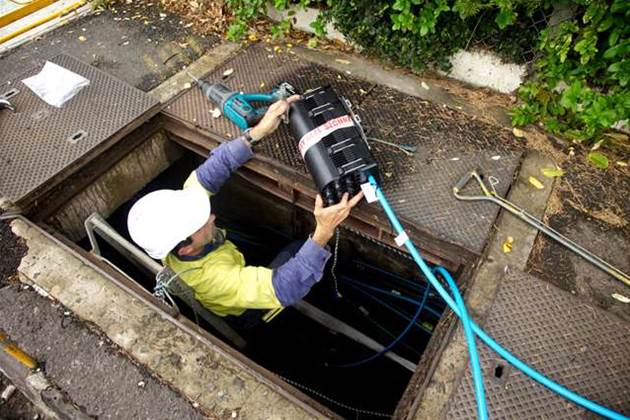NBN shareholder ministers Malcolm Turnbull and Matthias Cormann have given NBN Co the official nod to continue the rollout of the multi-technology mix national broadband network.

In an updated statement of expectations delivered to NBN Co chairman Ziggy Switkowski late yesterday, Turnbull and Cormann agreed with the findings of NBN Co’s December strategic review and recommended the NBN transition from a predominantly fibre-to-the-premise model to a mixture of technologies.
The statement of expectations gives NBN Co the choice of which technologies are to be used in any given areas on a case-by-case basis, so long as they fit within a defined cost envelope.
These technologies include fibre-to-the-node, fibre-to-the-premise, fibre-to-the-basement, hybrid fibre coaxial (HFC) cable, fixed wireless and satellite.
The Government’s investment in the NBN will be capped at $29.5 billion, and it intends to fund the remaining cost of the $41 billion project through the private sector.
The company will prioritise previously identified poorly served areas, and will integrated HFC networks into the rollout where it is “feasible and economically beneficial”.
NBN Co has for six months been limited to working on a narrow range of activities as prescribed in the Government's September 2013 statement of expectations.
More specifics on the rollout will be released in the imminent NBN Co 2014-17 corporate plan, the ministers said, which will cover such issues as pricing, rollout scheduling and prioritisation, migration of services and future upgrade paths.
Despite calls from Telstra this week for the Communications Alliance to take an overseeing role to migrations to the NBN, the ministers said they expected NBN Co to provide leadership to the challenge of customer migrations, and take “proportionate responsibility for the quality, consistency and continuity of service” experienced by retail service providers and end users.
Coverage gap
Turnbull also announced today that NBN Co faced a $1.2 billion hit from a ‘coverage gap’ in non-fixed line areas, claiming that demand for services in specific areas had been underestimated by over 200 percent.
The minister said up to 300,000 homes could miss out on high-speed broadband unless major changes to the NBN rollout were made - a problem he said had been exacerbated by NBN Co’s lack of spectrum for the fixed wireless network on the outskirts of Sydney and Melbourne.
The required 2.3Ghz and 3.4 Ghz spectrum is held by Optus in those areas, Turnbull said. The issue affects around 320 fixed wireless towers.
"These problems mean that without policy changes, the project as planned would not be able to service an estimated 200,000 to 300,000 premises outside of the fixed line footprint,” Turnbull said.
He said NBN Co faced a deterioration of operating cash flows of up to $1.2 billion by 2021 if it attempts to eliminate the coverage gap.
"NBN Co – and by extension the government – cannot solve every problem simply by throwing more money at it,” Turnbull said.
“NBN Co needs to be flexible and pragmatic about which technology to use in each geographic location."



.png&h=140&w=231&c=1&s=0)

_(20).jpg&h=140&w=231&c=1&s=0)





 iTnews Executive Retreat - Security Leaders Edition
iTnews Executive Retreat - Security Leaders Edition












_(1).jpg&h=140&w=231&c=1&s=0)



